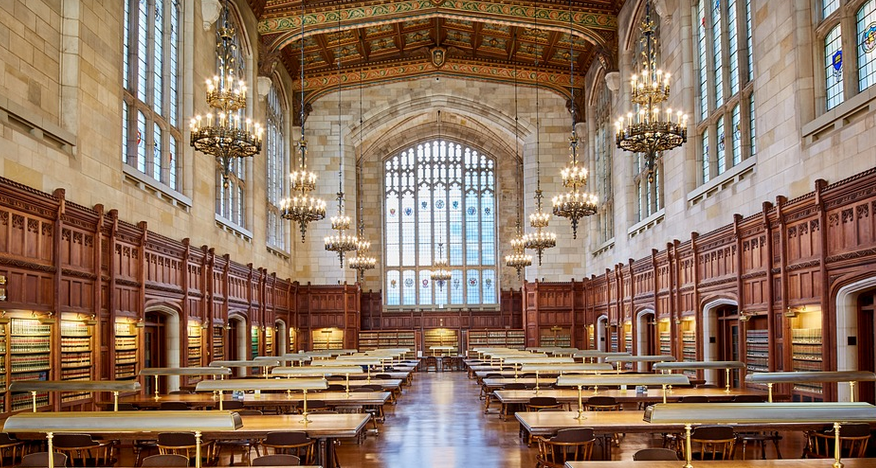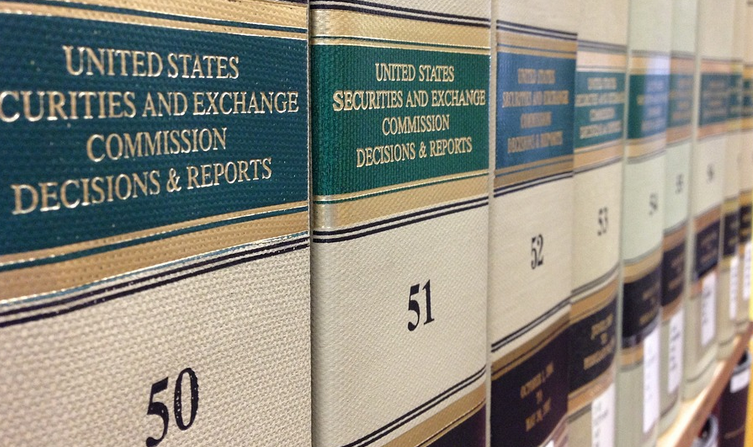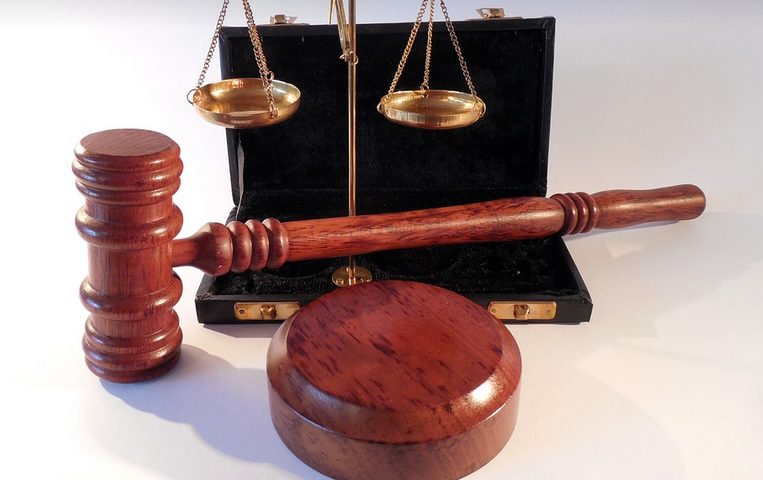Exploring the Line Between Respect and Creativity
Halloween, a time of spooky fun and costumes, often brings to mind images of witches, vampires, and ghouls. But for some individuals, it’s also about exploring their religious identities through unique costume choices. This year, we delve into the fascinating world of religious costumes for Halloween, navigating the complexities of tradition and personal expression.
Religious costumes on Halloween are a vibrant tapestry woven from history, faith, and creativity. For many, they represent an opportunity to engage with their cultural heritage in a fun and engaging way. These costumes often serve as a powerful reminder of beliefs and values that hold deep significance for individuals and families.
One popular example is the choice of saints’ attire. The history of religious devotion has long been intertwined with the concept of costume, particularly in Catholic tradition. Religious figures such as St. Michael, St. George, and Joan of Arc have inspired countless costumes over centuries. These costumes often draw inspiration from iconography and symbolism associated with each saint, allowing for a visually rich and expressive representation.
The allure of these saints’ outfits lies not only in their historical significance but also in their adaptability to the modern world. A simple, yet elegant rendition of a saint’s garb can easily be tailored to today’s Halloween festivities. A white tunic and flowing scarf can easily transform into a charming representation of St. Teresa, while a bold red cape and silver cross make for an unmistakable, powerful image of Saint Patrick.
Beyond saints, other religious costumes offer a unique perspective on cultural narratives. For instance, the intricate garb and symbolism associated with Diwali, the Indian Festival of Lights, translates beautifully into a Halloween costume. The vibrant colors, intricate designs, and symbolic significance of the outfits can spark meaningful conversations and showcase the richness of diverse cultures.
While these costumes offer a fascinating glimpse into different faiths and traditions, they also raise important questions about cultural appropriation and respecting religious beliefs. It is vital to approach the selection of a costume with sensitivity, ensuring that it does not come across as disrespectful or trivializing the values and practices associated with these diverse religions.
For those exploring this creative avenue, taking a thoughtful and respectful approach is paramount. Instead of simply copying costumes from religious figures without understanding their significance, it’s crucial to invest time in learning about the history, symbolism, and stories behind them. This deeper understanding can help individuals avoid potentially insensitive interpretations and ensure their costume choices are both authentic and respectful.
In essence, Halloween costumes provide an opportunity for reflection and exploration. Religious costumes, when approached with sensitivity and respect, can bridge the gap between tradition and modernity, allowing individuals to connect with their faith while celebrating a vibrant season of fun and creativity.
This year, as you contemplate your Halloween costume choices, remember that it’s not about simply dressing up but also about understanding the historical significance and cultural values behind each chosen attire. By embracing this approach, you can contribute to a more inclusive and celebratory Halloween experience that honors both personal expression and respect for diverse religious beliefs.



